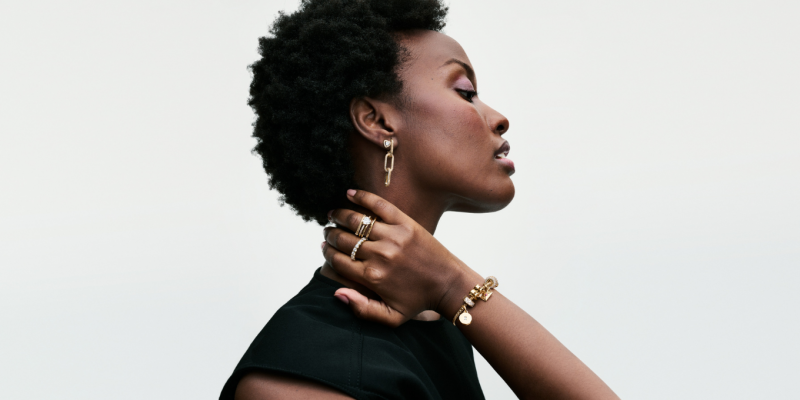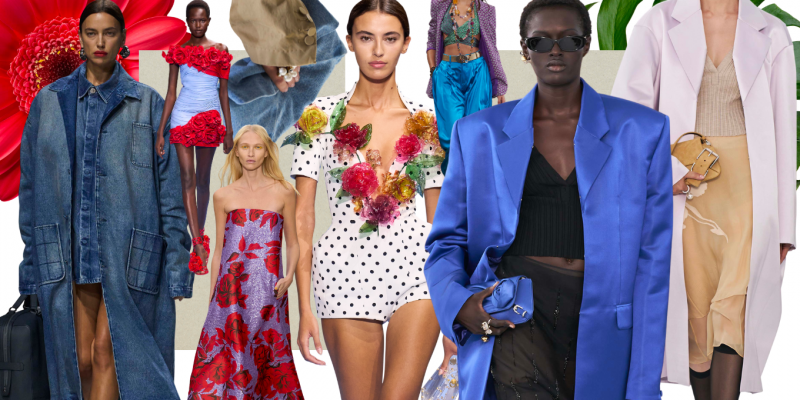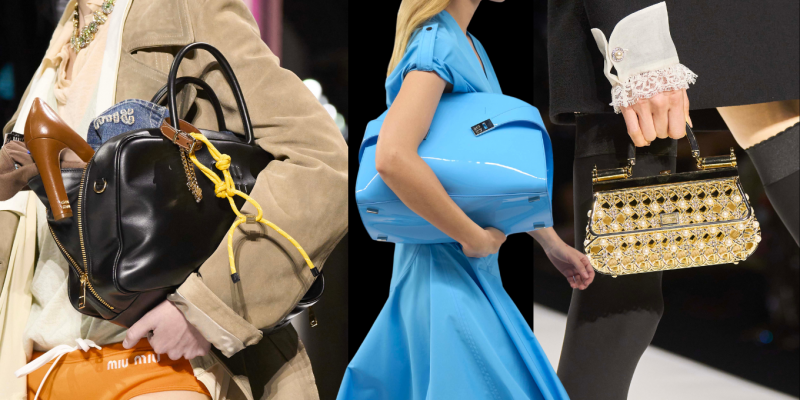Trends
Canada Goose Is Taking over the World
A beloved Canadian brand goes global.
by : Liz Guber- Apr 17th, 2019

I’m in a hotel suite overlooking Beijing’s trendy Taikoo Li shopping district, which, by the time this story is published, will be home to Canada Goose’s second store in China. The upscale outerwear line hosted a pop-up shop here ahead of the store opening, and queues formed hours before staff arrived to unwrap the racks of merchandise. People came for the camo puffers and neon parkas that Canada Goose is known for, sure, but also for its newer but equally covetable spring launches: the perfectly slouchy lightweight wool sweaters and cozy oversized cardigans introduced in recent years. Having expanded into both China and the United States and into clothing and lightweight outerwear, Canada Goose, which started out as a family business in Toronto in the ’50s, has grown into an international retail power player. The luxury brand ranked number 83 on Deloitte’s 2018 Global Powers of Luxury Goods List (the only Canadian company to make the cut), and 2018’s sales exceeded $400 million. “We’re a champion of Canada around the world, and I’m very proud of that fact,” says CEO Dani Reiss during our conversation in a suite in the Opposite House Hotel, a few floors above where the sold-out pop-up took place.
But how? “Function has become fashion,” says Reiss. “We don’t call ourselves a fashion brand; we’re about making stuff that works.” Indeed, Canada Goose has always conjured an image of spirited, undaunted survival. Think of explorers, scientists and elite athletes persevering—thanks, in part, to a particular jacket with a very particular red, white and blue medallion logo on the sleeve—while being pushed to the very limits of endurance. Certainly, the average city dweller doesn’t need a jacket that can withstand arctic temperatures, but the ready-for-anything fantasy of preparedness is hard to resist and has become its own kind of status symbol.
“People want to have a little sense of adventure, and that logo means you’re bringing it into your life,” says Sarain Fox, an Indigenous activist, dancer and TV host, who starred, along with her mother, in a campaign last year. “Growing up, I never saw Indigenous people on billboards. Ever. It’s so important for young people to look up and see themselves and imagine that it is possible,” she tells me in Beijing, seated just a couple of metres away from a two-storey advertisement featuring her and her mom snuggled under one hood in Iqaluit.
For Fox, the connection goes deep. “Canada Goose has a relationship in the North that is unprecedented with any other fashion brand,” she says. “They are working directly with the Indigenous communities.” She’s referring to initiatives like Project Atigi, which saw the brand partner with 14 seamstresses across Inuit regions in Canada to create beautiful bespoke jackets this past winter while keeping the same tech that made the brand famous. That same philosophy is applied to its clothing. The knits, which are made in Italy, have been designed with thermal mapping technology that allows garments to breathe, while the rainwear is made to stretch and move with the wearer.
“We never want to extend a line and have it be just another product out there,” says Reiss. “We have to make the best.” And the best-looking. See: The spring/summer 2019 collection of sporty hooded trenches, fashion-crowd-friendly camo ponchos and unisex bombers. Canada Goose may reject the fashion-brand label, but it is certainly coveted like one.
This article first appeared in the May 2019 issue of ELLE Canada.
Newsletter
Join our mailing list for the latest and biggest in fashion trends, beauty, culture and celebrity.
Read Next

Fashion
Are Fashion Brands Getting Greener?
While the fashion industry is making a lot of noise about being more sustainable, a closer look shows that its earth-friendly commitments are often more illusion than reality.
by : Marouchka Franjulien- Apr 19th, 2024

Beauty
What Beauty Packaging Is Actually Sustainable?
We sought out leaders in the field to help us get to the bottom of the blue bin once and for all.
by : Victoria Christie- Apr 19th, 2024

Fashion
This Jewellery Brand Has a Whole New Look And It’s Everything
Here are the seven pieces we’re coveting.
by : ELLE Canada- Apr 10th, 2024




